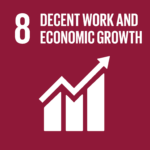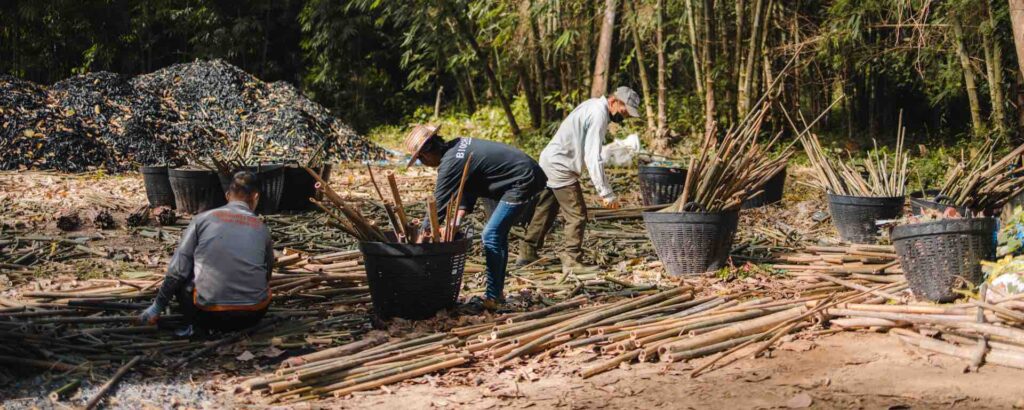The “Carbon Phoenix” installation serves a dual purpose: to raise awareness about biochar’s role in combating climate change and to generate funds for local carbon removal projects.
In a striking fusion of environmental activism and artistic expression, a colossal sculpture dubbed the “Carbon Phoenix” has risen in Ratchaburi, Thailand, challenging viewers to confront the scale of individual carbon footprints. Standing over 6.5 meters tall, this monumental installation has claimed the title of the world’s tallest biochar art piece.
RELEVANT SUSTAINABLE GOALS



A Phoenix Rises from Biochar, Challenging Climate Change Perceptions
The brainchild of artist Benjamin Von Wong, the Phoenix is constructed from four tons of bamboo biochar, representing the average person’s annual carbon emissions. This choice of medium is far from arbitrary; biochar, a form of charcoal produced by burning organic matter in a low-oxygen environment, is increasingly recognized for its potential in carbon sequestration and soil improvement.
Situated on the Wong Phai farm, the sculpture’s creation was a two-week process of meticulous craftsmanship. The Phoenix’s feathers, fashioned from pyrolyzed bamboo offcuts—typically a waste product of the construction industry destined for open burning—were carefully selected, arranged, and affixed to a steel mesh framework. This transformation of potential waste into art was engineered by Teerasak Sirijan and Anon Passada, with crucial support from the Wong Phai team.
Biochar, the key material in this artwork, is rapidly gaining recognition in environmental circles. This form of charcoal, produced through the pyrolysis of organic matter, has the remarkable ability to sequester carbon for up to a millennium. Despite being responsible for over 89% of engineered Carbon Removal Credits, biochar remains relatively unknown to the public.
The creation of the Carbon Phoenix was no small feat. Over two grueling weeks, a team of 38 individuals worked tirelessly, utilizing four Biochar Retort Kilns to produce 2.2 tons of Bamboo Biochar. The sculpture took shape through a meticulous process involving bamboo scaffolding, steel support structures, and carefully crafted wire mesh, with each feather individually attached.
A Sustainable Bamboo Innovation by Wong Phai
This project is more than just art; it’s a call to action. While tree planting has long been touted as a solution to carbon emissions, trees only store carbon temporarily. Biochar offers a more permanent solution, with the added benefits of soil improvement, increased crop yields, and enhanced drought resistance.
The Phoenix finds its home at Wong Phai, aptly named “Bamboo Family” in Thai. This social enterprise is at the forefront of sustainable bamboo innovation, focusing on regenerative agriculture and community education. Their 10-acre plantation, home to over 80 bamboo species, also houses a local biochar production facility, creating sustainable jobs for the community.
In 2023, Wong Phai partnered with Planboo, a global provider of nature-based carbon removal, to launch their first biochar project. With the potential to remove up to 5,000 tons of CO2 annually – equivalent to the emissions of 303 average Americans – the project now seeks financial support to fully realize its potential.
Find more information about The Carbon Phoenix Project here
Lead image courtesy of Lorenza Cotellessa. all other images courtesy of Beagle Button.



